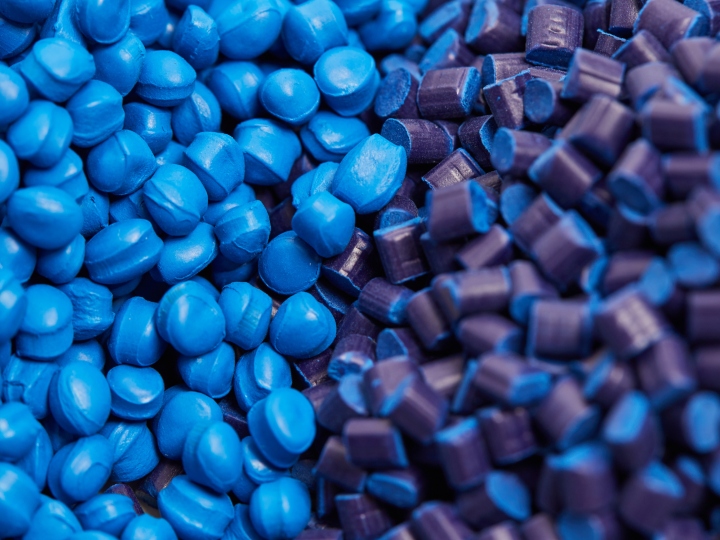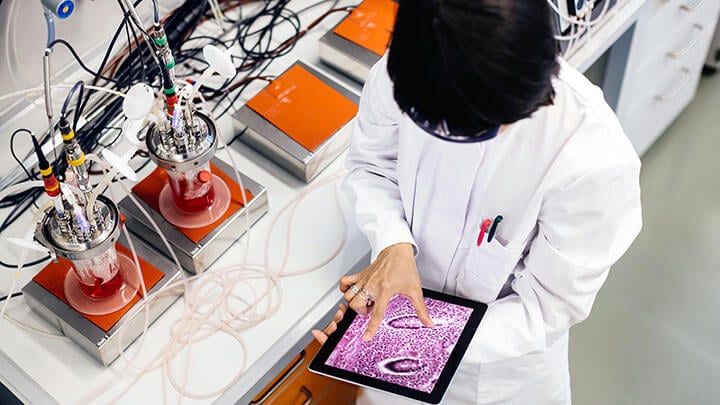Optical Profilometry provides a non-contact approach to the accurate determination of surface form and structure.
Optical Profilometry can be applied to problems as diverse as nano-scale lithography in electronics fabrication and wear-scar analysis in metal engine parts. Surface texture and profile is important in many applications. Optical profiling methods, being non-contact, have advantages over more conventional stylus-based approaches. The optical approach allows for simple, cost-effective production of surface profile maps over large areas, and can be used on a wide range of surfaces, including soft solids or even viscous liquids. Quantitative information on surface roughness or other morphological properties can also be obtained as part of the profilometry analysis.
Optical profilometry applications include:
- wear profile analysis for lubricant characterisation
- characterisation of embossed structures and products
- texture analysis for personal care products
- scratch and crack analysis
- paint and coating characterisation
Optical and Microscopy Analysis:
Polymers News and Events
LEARN how CircularAssure helps you to close the loop in the circular economy for plastics
Technical Talk: Circularity - Addressing Challenges in Material Development through Evaluation Programs
BROCHURE: Injection Moulding Test Specimen Production Catalogue
ARTICLE: Processability and evaluation programmes for recycled plastic materials
ARTICLE: Adhesives Quality Assurance Testing Programs
ARTICLE: Enabling Polymer Non-Wovens Development
CASE STUDY: Polymer Surface Contamination Resolution
CASE STUDY: Elastomer Seal Material Failure
CASE STUDY: Polymer Failure - Distribution and Dispersion of Fillers

Regulatory Chemical & Materials Analysis Expertise
WHITE PAPERS
WEBINARS
- PFAS Monitoring in Environmental and Polymer Samples
- Microplastics and Nanoparticles - Definitions And Regulatory Considerations
CASE STUDIES
- Dissolution of Hydroxyapatite Coatings for Medical Devices
- Particulate Contamination control and analysis
- Case Study and Fact Sheet: XRF Analysis and XRF2 Mapping
BROCHURES
Intertek Wilton: The Wilton Centre, Redcar, TS10 4RF, UK
Download Directions


